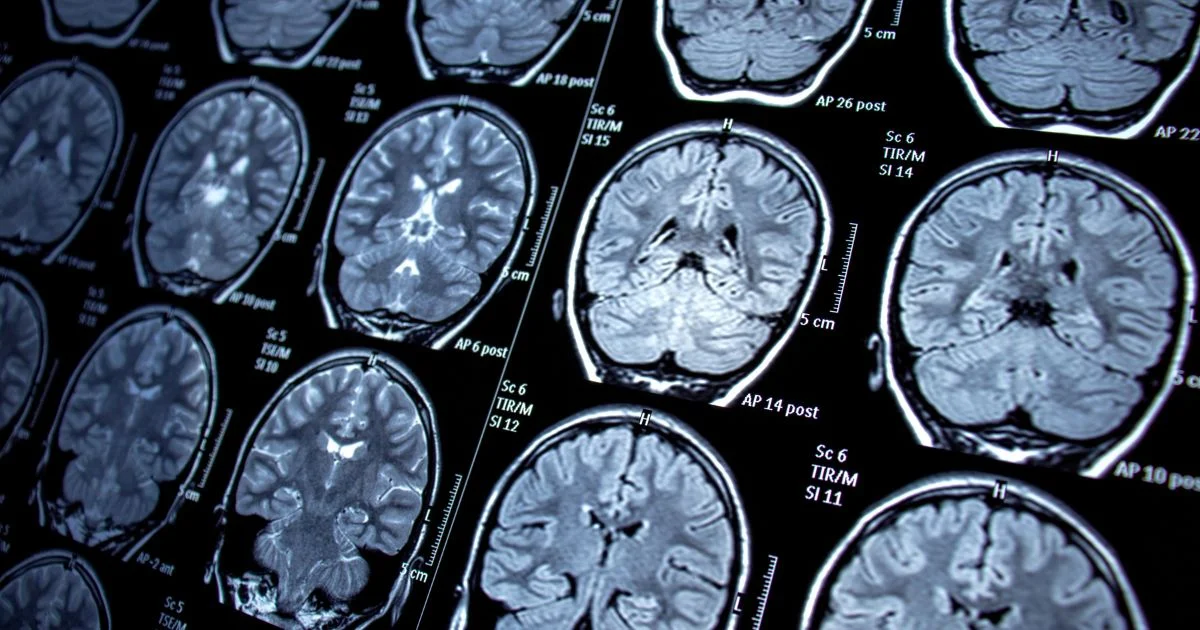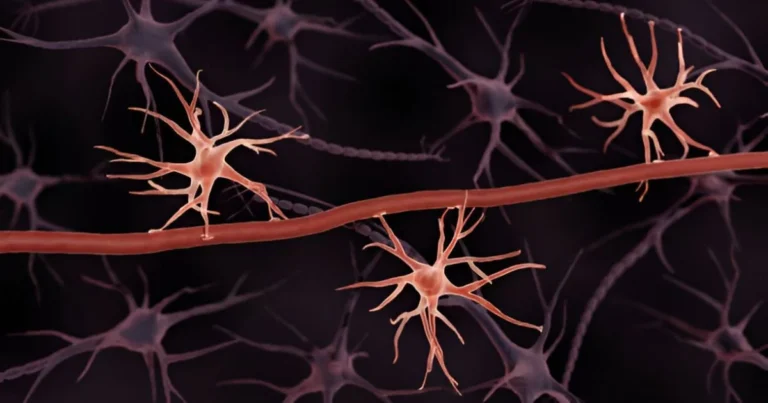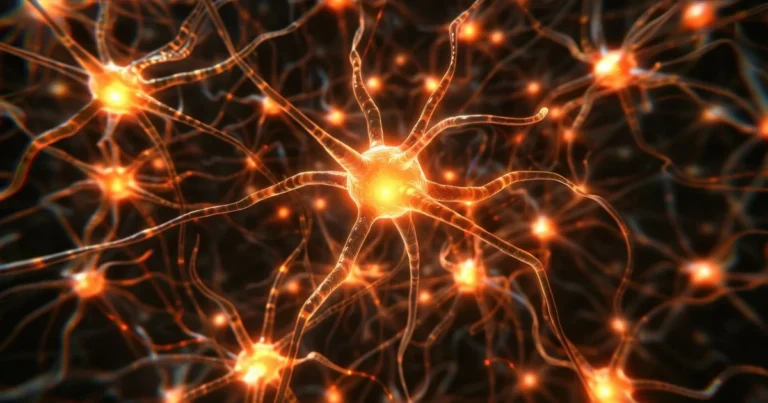Neural biotypes: What MRI Can and Can’t reveal about mental disorders
In recent years, the prospect of diagnosing mental disorders through brain imaging has gained significant momentum. With advances in neuroimaging and the rise of artificial intelligence, researchers are beginning to identify so‑called “biotypes”, distinct brain profiles thought to reflect mechanisms specific to depression, anxiety, and other psychiatric conditions. This transdiagnostic approach aspires to move beyond traditional DSM categories toward measurable neural signatures. These developments promise personalized medicine, yet they also raise profound scientific, clinical, and ethical questions. What can we truly infer from brain scans? What concrete benefits do these models offer? And where do their limitations lie? In this era of neural biotypes, this article examines the crossroads of neuroscience, clinical practice, and ethics.
Mapping the mind: Breakthroughs and blind spots of MRI
While the goal of identifying mental disorders via neural signatures is attractive, it’s essential to recognize what imaging technology truly reveals, and what remains hidden. Before exploring diagnostic and predictive applications, we should reflect on both the breakthroughs and the inherent limits of these methods.
Over the past 30 years, brain imaging has profoundly altered our understanding of the brain. Structural MRI provides detailed maps of brain anatomy, shedding light on the impacts of degenerative, traumatic, or developmental pathologies. Functional MRI (fMRI), by capturing blood‑flow variations tied to neural activity, has illuminated the dynamic networks underlying complex functions such as memory, language, and pain perception. These techniques have revealed circuit-specific alterations in conditions like schizophrenia, depression, autism, and Alzheimer’s, and have fueled new fields like neuroeducation and minimally conscious state research. They’ve also paved the way for targeted therapies, such as non‑invasive brain stimulation, by pinpointing areas to modulate.
In fundamental research, imaging tools have revolutionized our understanding of cognition: mapping brain functions, network interactions, and dynamic mental models. Combined today with high-density EEG, transcranial magnetic stimulation, and AI, they offer an ever-sharper window into the active brain. As these methods advance, a compelling question emerges: Could we detect specific neural signatures tied to mental disorders, thereby laying the groundwork for a new clinical psychology?
This question underpins current neuropsychological research exploring whether distinct neurobiological profiles, or biotypes, can be extracted from fMRI data to guide more precise, individualized, and ultimately more effective treatment strategies.
🔗 Read also: From hysteria to science: The legacy of Jean-Martin Charcot
Can biotypes guide treatment?
Despite their theoretical promise, the translation of brain biotypes into clinical tools faces significant hurdles. Current results, though encouraging, rest on uncertain foundations. Analyses are highly sensitive to factors such as sample size and homogeneity, signal preprocessing, choice of connectivity metrics, and the specific machine-learning algorithms used. Reproducibility, vital for scientific validation, is still lacking for widespread clinical adoption.
Clinically, the correlations between connectivity profiles and symptoms remain weak to moderate, and the predictive power of biotypes is still limited. Relying on these profiles for treatment decisions risks misinterpretation and misdirection. Until models demonstrate stable, prospective, bias-free predictive capacity, integrating them into practice remains premature. These methodological limitations counsel caution before there is any diagnostic or therapeutic extrapolation.
🔗 Explore further: Your Quantum Brain: Where Neuroscience Meets the Edge of Reality
Toward an integrative, non-reductionist neuropsychology
The debate around MRI-derived biotypes highlights a central dilemma in modern neuropsychology: balancing the ambition to objectify mental disorders with the necessity of honoring the irreducibility of lived experience. This tension is not new but has intensified with the promise, sometimes misleading, of rapid, personalized neuroimaging diagnostics.
It’s essential not to diminish the major advances imaging has brought to brain science and psychopathology. However, for these tools to truly benefit clinical practice, they must be integrated into a broader framework. Brain imaging, no matter how powerful, can never serve as the sole diagnostic foundation. It must be contextualized with other forms of knowledge to transform raw data into meaningful understanding.
Connectivity anomalies or atypical patterns only make sense within a subjective context, a patient’s narrative, life experience, relationships, and symbolic meaning. Clinical listening, examination of emotional and social interactions, and consideration of development, familial and cultural history are irreplaceable components of any clinical approach.
Such is the foundation of an integrative neuropsychology: one that does not prioritize one type of knowledge over another but interweaves them. Instead of juxtaposing biological data and clinical observations, it fosters dialogue between them to grasp patient complexity. This approach retains both the precision of measurement and the richness of lived experience. Neural signatures gain meaning when illuminated by an understanding of individual trajectories, relational histories, and affective-social experiences.
Reducing psychopathology to neural circuit dysfunction ignores how psychological suffering is embedded in the body, relationships, and personal narrative. A truly integrative neuropsychology cannot limit itself to isolated networks; it must support attentive clinical listening, therapeutic dialogue as a space of meaning-making, and context-sensitive symptom interpretation that bridges the biological with the biographical. Only then do brain markers transcend technical observation to become interpretable elements of subjective experience.
🔗 Discover more: Psychanalyse et Neurosciences : Vers une alliance raisonnée
The challenge is not a conflict between science and subjectivity, but an imperative alliance between neuroscience, psychoanalysis, and clinical psychology. Neuroscience has profoundly reshaped our understanding of the mind by revealing the brain dynamics underlying emotions, cognitive disorders, and affect regulation. It has helped validate, refine, and in some cases transform hypotheses drawn from clinical practice and developmental psychology, grounding long-abstract phenomena in observable biological processes.
Psychology itself, whether cognitive, affective, or developmental, has taken a decisive leap forward thanks to insights from neuroscience. These advances have made it possible to connect subjective experience, observable behavior, and neural mechanisms through a unified analytical framework. Yet, as essential as these contributions are, they cannot replace other forms of knowledge.
Psychoanalysis brings into focus the unconscious dimensions of symptoms, their symbolic roots, and subjective logic. Clinical psychology, for its part, is grounded in attentive listening, in the analysis of interpersonal dynamics, and in developmental trajectories. Each of these disciplines sheds light, in its own way, on a different facet of the human psyche, its biological grounding, its unconscious life, and its relational dynamics.
Faced with the complexity of mental disorders, no single approach can claim to grasp their full meaning. Instead of setting biological causality, symbolic interpretation, and relational dynamics against one another, it is through their integration, through a cross-disciplinary perspective, that new pathways for understanding and treatment emerge. At a time when technology grants us unprecedented access to the inner workings of the brain, the real challenge is to preserve the human dimension of the clinical encounter: a living, embodied dialogue with a speaking subject, unique and shaped by their history.
References :
Tozzi L, Zhang X, Pines A, Olmsted AM, Zhai ES, Anene ET, Chesnut M, Holt-Gosselin B, Chang S, Stetz PC, Ramirez CA, Hack LM, Korgaonkar MS, Wintermark M, Gotlib IH, Ma J, Williams LM. Personalized brain circuit scores identify clinically distinct biotypes in depression and anxiety. Nat Med. 2024 Jul;30(7):2076-2087.
Lett, T. A., Vaidya, N., Jia, T., Polemiti, E., Banaschewski, T., Bokde, A. L. W., Flor, H., Grigis, A., Garavan, H., Gowland, P., Heinz, A., Brühl, R., Martinot, J. L., Paillère Martinot, M. L., Artiges, E., Nees, F., Papadopoulos Orfanos, D., Lemaitre, H., Paus, T., Poustka, L., … IMAGEN Consortium and the environMENTAL Consortium (2025). Framework for Brain-Derived Dimensions of Psychopathology. JAMA psychiatry, e251246. Advance online publication.

Sara Lakehayli
PhD, Clinical Neuroscience & Mental Health
Associate member of the Laboratory for Nervous System Diseases, Neurosensory Disorders, and Disability, Faculty of Medicine and Pharmacy of Casablanca
Professor, Higher School of Psychology







